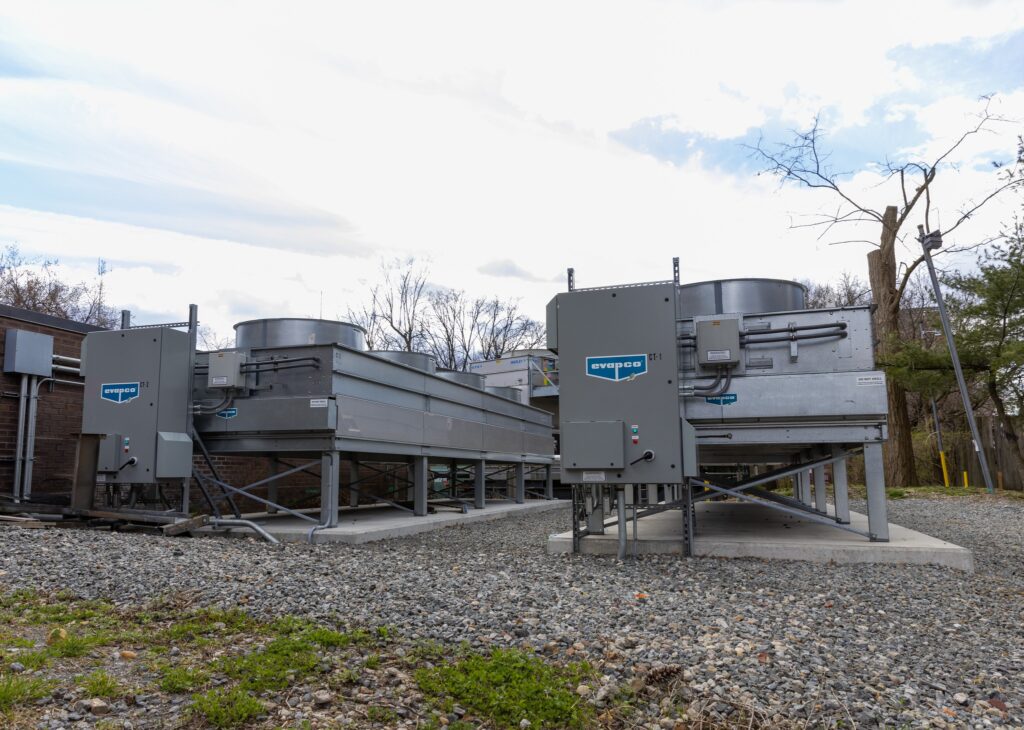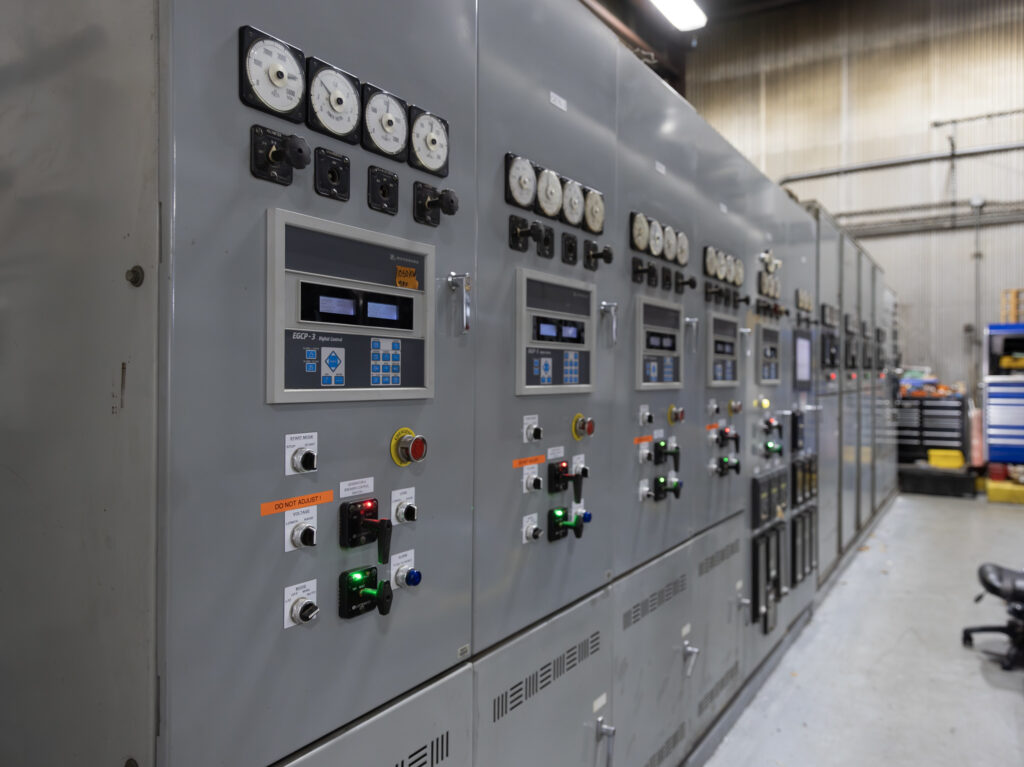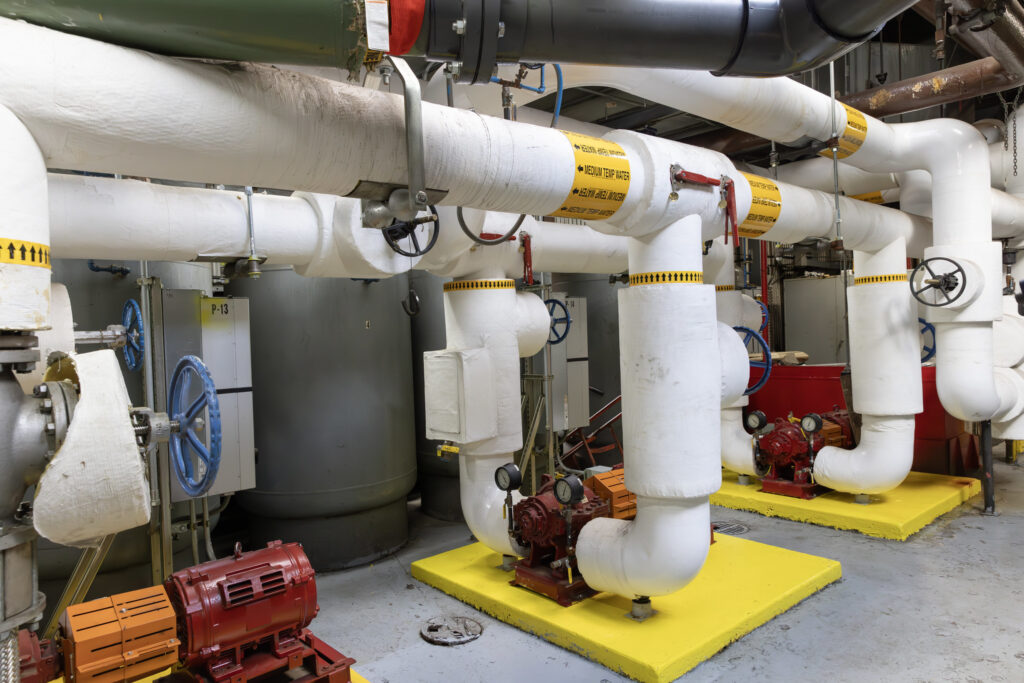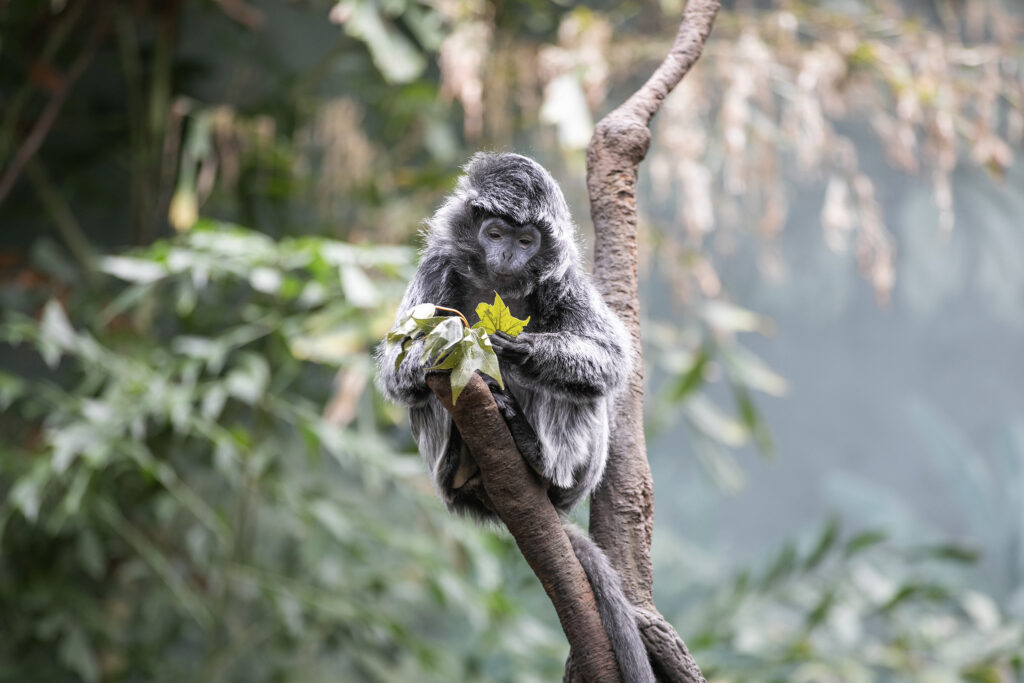
Photo courtesy of Citywide Administrative Services
NYC Department of Citywide Administrative Services (DCAS), the New York Power Authority (NYPA), and the Wildlife Conservation Society (WCS) announced the completion on Friday, March 22, of mechanical work that cost $17 million to the heating system at the Bronx Zoo, marking what they described as a significant energy upgrade to the beloved zoo’s infrastructure.
“Today’s collaboration between DCAS, NYPA, and WCS marks a significant milestone in our commitment to sustainability and conservation citywide,” said DCAS Commissioner Dawn M. Pinnock.
She added, “The upgraded heating system at the Bronx Zoo not only enhances the comfort of staff, visitors, and wildlife, but is also a powerful example of how strategic partnerships can drive tangible environmental impact. This initiative not only reduces energy costs but also underscores our dedication to reducing greenhouse gas emissions, advancing New York’s environmental goals for a cleaner, greener future for all, including our furry, scaly, and feathery friends.”

Photo courtesy of Citywide Administrative Services
Agency officials said the upgrade to the zoo’s cogeneration power plant, which provides heat to several facilities across the campus, will reduce energy and maintenance costs by nearly $500,000 annually in city operations, reduce greenhouse gas emissions by 3,100 metric tons, and help future-proof the zoo for decades to come.
They said additional improvements, which will upgrade the lining of the zoo’s heating pipelines to extend the useful life of the existing infrastructure, are expected to be complete in winter 2025.
“The Bronx Zoo, one of New York’s most-cherished institutions, continues to further its legacy of conservation and sustainability with a suite of energy efficient improvements,” said NYPA president and CEO Justin E. Driscoll. “The Power Authority and New York City have partnered on important energy efficiency projects for decades and these upgrades to the zoo’s cogeneration power system are the latest of those impactful efforts, significantly reducing the zoo’s carbon footprint and energy costs, while simultaneously improving overall system reliability.”
According to city officials, NYPA is the largest state public power organization in the nation, operating 16 generating facilities and more than 1,400 circuit-miles of transmission lines. They said more than 80 percent of the electricity NYPA produces is clean renewable hydropower. NYPA finances its operations through the sale of bonds and revenues earned in large part through sales of electricity.

Photo courtesy of Citywide Administrative Services
City officials said greenhouse gas emissions play a role in climate change and contribute indirectly to severe weather events such as flooding and air pollution. They said in addition to partnering with the Power Authority, they also worked with engineering-architecture firm, Ramboll.
They said the project helps create energy efficiency by replacing the cogeneration plant’s pumps, waste-heat recovery units, fluid coolers, and controls. They added that NYPA has also installed an energy management system to oversee the plant as part of the project, and rehabilitated some of the zoo’s water infrastructure, ensuring reliable delivery of hot water from the cogeneration system to 13 of the zoo’s buildings.
Agency officials said some of the buildings at the Bronx Zoo supported by this heating system include JungleWorld, Congo Gorilla Forest, Carter Giraffe Building, World of Birds, Reptile House, Zoo Center, and various additional buildings across the zoo.

Photo courtesy of Citywide Administrative Services
Meanwhile, the Bronx Zoo is a member of the Cultural Institutions Group, a group of 34 cultural organizations located on City-owned property administered by NYC Department of Cultural Affairs, which city officials said receive significant capital and operating support from the City to help meet basic security, maintenance, administration and energy costs.
In return for this support, these institutions operate as publicly-owned facilities whose mandate is to provide cultural services accessible to all New Yorkers. “I can’t stand the thought of giraffes, monkeys, and lizards enduring a New York winter without heat, so I applaud this partnership between The Bronx Zoo, DCAS, and the New York Power Authority to invest in the zoo’s heating systems,” said NYC Cultural Affairs Commissioner Laurie Cumbo.
City officials said the enhanced heating system, overseen by DCAS, is part of that agency’s citywide efforts to improve the city’s quality of energy, reduce costs, and increase electrical efficiency as well as reliability. They said at the Bronx Zoo, the new system’s impact includes slashing greenhouse gas emissions, approximately equal to the annual electricity use of 4,082 homes or the consumption of 6,834,330 pounds of coal (or 3,100 metric tons of greenhouse gas reductions).

Photo courtesy of Citywide Administrative Services
City officials said the Bronx Zoo project advances environmental goals of New York State’s Climate Leadership and Community Protection Act, New York City’s Climate Mobilization Act, and New York City’s Local Law 97, which calls for a 50 percent reduction in government operations carbon emissions by 2030.
DCAS officials say the agency makes city government work for all New Yorkers and its commitment to equity, effectiveness, and sustainability guides its work providing City agencies with the resources and support needed to succeed. They said these include:
- recruiting, hiring, and training City employees;
- managing 55 public buildings;
- acquiring, selling, and leasing City property;
- purchasing over $1 billion in goods and services for City agencies;
- overseeing the greenest municipal vehicle fleet in the country; and
- leading the City’s efforts to reduce carbon emissions from government operations.
As reported, in what was described as a tragic case of animal abuse, Bronx Zoo officials reported last year that the baby alligator that was found seemingly abandoned in Brooklyn’s Prospect Park and which was later cared for at Bronx Zoo died in April 2023.
Of the latest upgrade, Cumbo concluded, “The city is proud to partner with cultural institutions in all five boroughs to address their critical infrastructure needs that can often be more difficult to fundraise for than other high-profile projects. This is a great example of how the public and private sectors can collaborate to make sure New Yorkers have access to world-class cultural facilities, and that our non-human neighbors can keep their flippers warm all year long.”




